Related Research Articles

Pierre Bonnard was a French painter, illustrator and printmaker, known especially for the stylized decorative qualities of his paintings and his bold use of color. A founding member of the Post-Impressionist group of avant-garde painters Les Nabis, his early work was strongly influenced by the work of Paul Gauguin, as well as the prints of Hokusai and other Japanese artists. Bonnard was a leading figure in the transition from Impressionism to Modernism. He painted landscapes, urban scenes, portraits and intimate domestic scenes, where the backgrounds, colors and painting style usually took precedence over the subject.
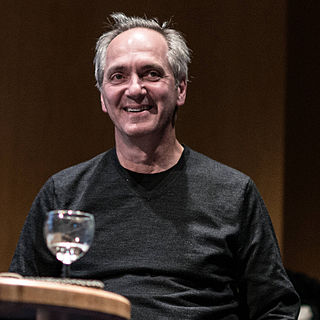
Thomas Struth is a German photographer who is best known for his Museum Photographs series, black and white photographs of the streets of Düsseldorf and New York taken in the 1970s, and his family photographs series. Struth lives and works between Berlin and New York.

Jeffrey Wall, OC, RSA is a Canadian photographer. He is artist best known for his large-scale back-lit Cibachrome photographs and art history writing. Early in his career, he helped define the Vancouver School and he has published essays on the work of his colleagues and fellow Vancouverites Rodney Graham, Ken Lum, and Ian Wallace. His photographic tableaux often take Vancouver's mixture of natural beauty, urban decay, and postmodern and industrial featurelessness as their backdrop.

Sir Edwin Henry Landseer was an English painter and sculptor, well known for his paintings of animals – particularly horses, dogs, and stags. However, his best-known works are the lion sculptures at the base of Nelson's Column in Trafalgar Square.
William Eggleston is an American photographer. He is widely credited with increasing recognition of color photography as a legitimate artistic medium. Eggleston's books include William Eggleston's Guide (1976) and The Democratic Forest (1989).

Robert Adamson was a Scottish chemist and pioneer photographer at Hill & Adamson. He is best known for his pioneering photographic work with David Octavius Hill and producing some 2500 calotypes, mostly portraits, within 5 years after being hired by Hill in 1843.
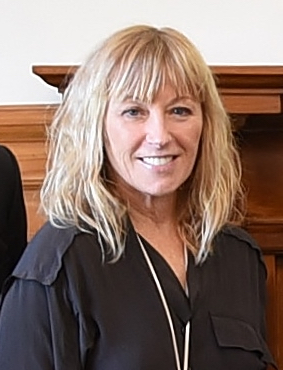
Cynthia Morris Sherman is an American artist whose work consists primarily of photographic self-portraits, depicting herself in many different contexts and as various imagined characters.

Thomas Ruff is a German photographer who lives and works in Düsseldorf, Germany. He has been described as "a master of edited and reimagined images".

Candida Höfer is a German photographer. She is a renowned photographer known for her exploration of public spaces and architecture. In her career she transitioned from portraiture to focusing on spaces like libraries and museums. She is a former student of Bernd and Hilla Becher. Like other Becher students, Höfer's work is known for technical perfection and a strictly conceptual approach. Her work explores the ways in which institutional architecture shapes and directs human experience. Höfer's technical approach is reflective of her goals as an artist.
Grace Robertson was a British photographer who worked as a photojournalist, and published in Picture Post and Life. Her photographic series, including "Mother's Day Off" (1954) and "Childbirth" (1955), mainly recorded ordinary women in postwar Britain.
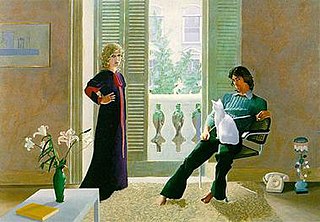
Mr and Mrs Clark and Percy is a 1971 painting by the British artist David Hockney. Painted between 1970 and 1971, it depicts the fashion designer Ossie Clark and the textile designer Celia Birtwell in their flat in Notting Hill Gate shortly after their wedding, with one of the couple's cats on Clark's knee. The white cat depicted in the painting was Blanche; Percy was another of their cats, but Hockney thought "Percy" made a better title.
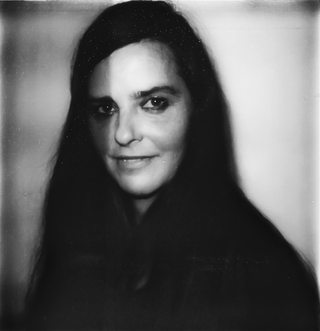
Rineke Dijkstra HonFRPS is a Dutch photographer. She lives and works in Amsterdam. Dijkstra has been awarded an Honorary Fellowship of the Royal Photographic Society, the 1999 Citibank Private Bank Photography Prize and the 2017 Hasselblad Award.

Thomas Annan (1829–1887) was a Scottish photographer, notable for being the first to record the bad housing conditions of the poor.
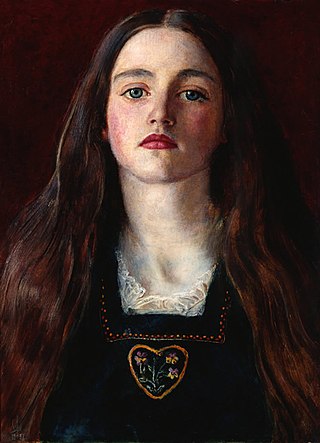
Sophia Margaret "Sophie" Gray, later Sophia Margaret Caird, was a Scottish model for her brother-in-law, the Pre-Raphaelite painter John Everett Millais. She was a younger sister of Euphemia "Effie" Gray, who married Millais in 1855 after the annulment of her marriage to John Ruskin. The spelling of her name was, after around 1861, sometimes "Sophy," but only within the family. In public she was known as Sophie and later in life, after her marriage, as Sophia.

Reigning Queens is a 1985 series of silkscreen portraits by American artist Andy Warhol. The screen prints were presented as a portfolio of sixteen; four prints each of the four queens regnant. The subjects were Queen Elizabeth II of the United Kingdom and the other Commonwealth realms, Queen Beatrix of the Netherlands, Queen Ntfombi Twala of Swaziland and Queen Margrethe II of Denmark.
Pantheon, Rome is a color photograph taken by German photographer Thomas Struth, in 1990. It is part of the series Museum Photographs that he dedicated to museums and their visitors all over the world. It had a series of ten prints of large format, like most of his photographs.
San Zaccaria, Venice is a color photograph taken by German photographer Thomas Struth, in 1995. The photograph was taken inside the San Zaccaria church in Venice, and is part of his series Museum Photographs, dedicated to the interior of several museums and monuments across the world. It has a ten prints edition.
Art Institute of Chicago II, Chicago is a color photograph taken by German photographer Thomas Struth, in 1990. It was part of the series Museum Photographs, depicting several museums and monuments all over the world, and their visitors. In this case it was the second that he took in the Art Institute of Chicago.
Alte Pinakothek (Self-Portrait) is a color photograph by German photographer Thomas Struth, from 2000. It depicts the Self-Portrait by German Renaissance painter Albrecht Dürer in the wall where it hangs in the Alte Pinakothek, in Munich, Germany, while it is being observed by a viewer, which is the photographer himself. The subtitle of the photograph thus has a double meaning, referring both to Dürer's portrait and to the artists presence. It had a 10 prints edition.
Mailänder Dom (Fassade), Mailand, in English: Milan Cathedral (Façade), Milan, is a color photograph taken by German photographer Thomas Struth, in 1998. It has a ten prints edition.
References
- 1 2 3 4 "'The Smith Family, Fife, Scotland 1989', Thomas Struth, 1989". Tate.
- 1 2 "Düsseldorf School Movement Overview". The Art Story.
- ↑ Richard Sennett, Thomas Struth: Strangers and Friends, exhibition catalogue, London, Institute of Contemporary Art, 1994, p. 27
- ↑ "Museum Ludwig: Struth, Thomas, The Smith Family, Fife, Scotland". museum-ludwig.kulturelles-erbe-koeln.de.
- ↑ "The Smith Family, Fife | National Galleries of Scotland". www.nationalgalleries.org.